
The true story of pianist Władysław Szpilman's experiences in Warsaw during the Nazi occupation. When the Jews of the city find themselves forced into a ghetto, Szpilman finds work playing in a café; and when his family is deported in 1942, he stays behind, works for a while as a laborer, and eventually goes into hiding in the ruins of the war-torn city.
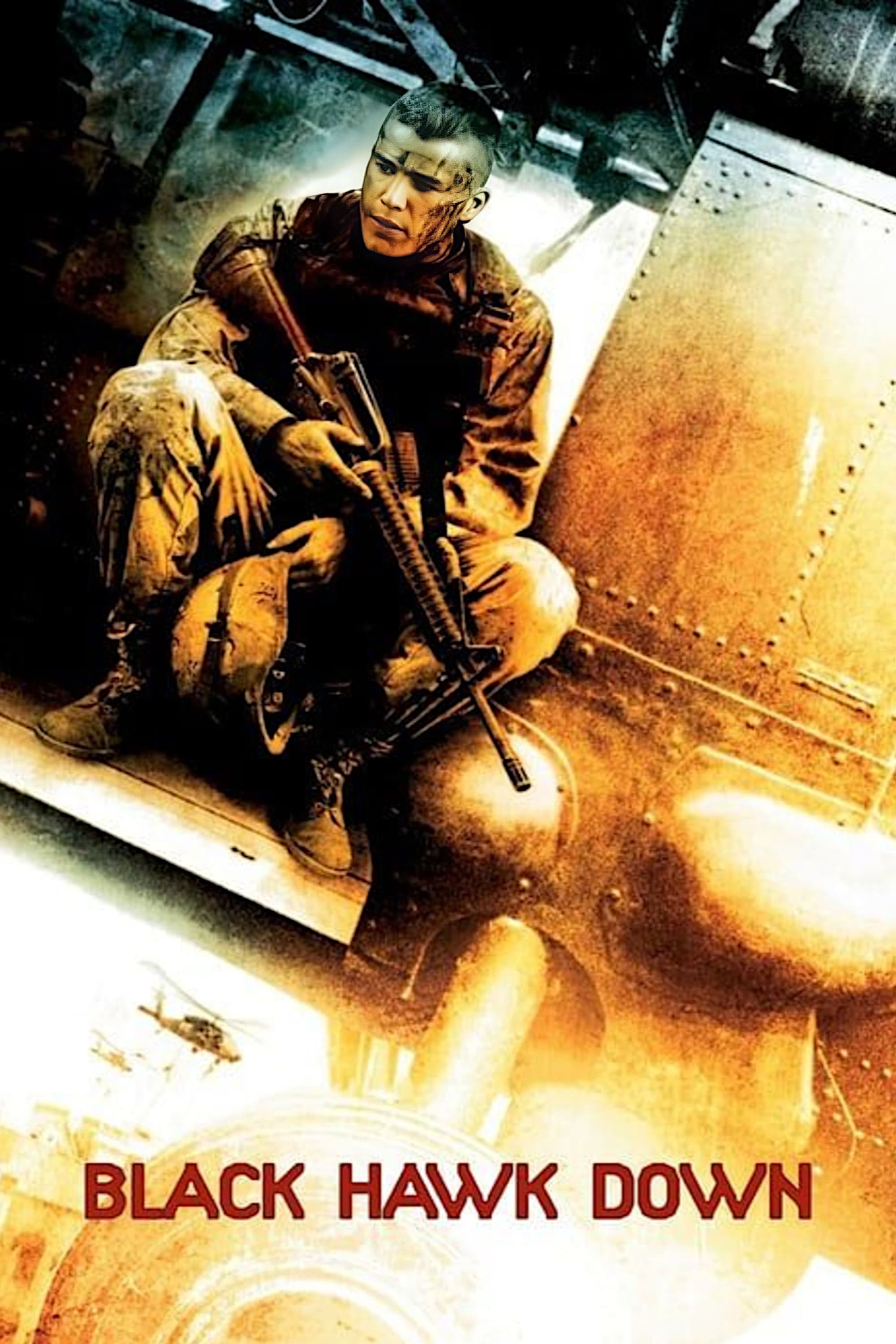
When U.S. Rangers and an elite Delta Force team attempt to kidnap two underlings of a Somali warlord, their Black Hawk helicopters are shot down, and the Americans suffer heavy casualties, facing intense fighting from the militia on the ground.
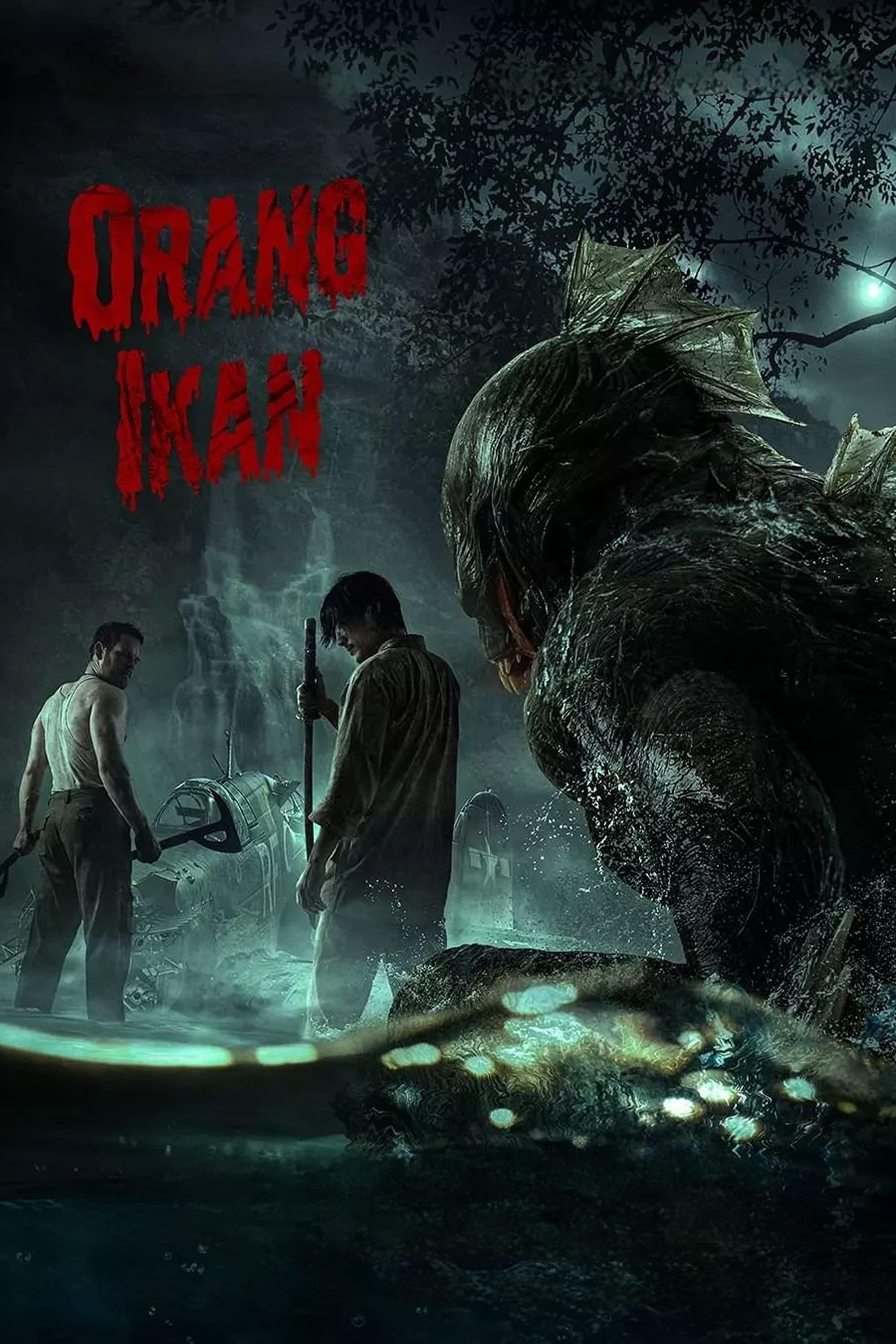
In the Pacific, 1942, a Japanese soldier and a British prisoner of war are stranded on a deserted island, hunted by a deadly creature. Two mortal enemies must come together to survive the unknown.

The story of Dorrigo Evans, an army surgeon whose short but forbidden affair with his uncle's wife sustains and haunts him through his darkest days in a Thai-Burmese prisoner of war camp in WWII.
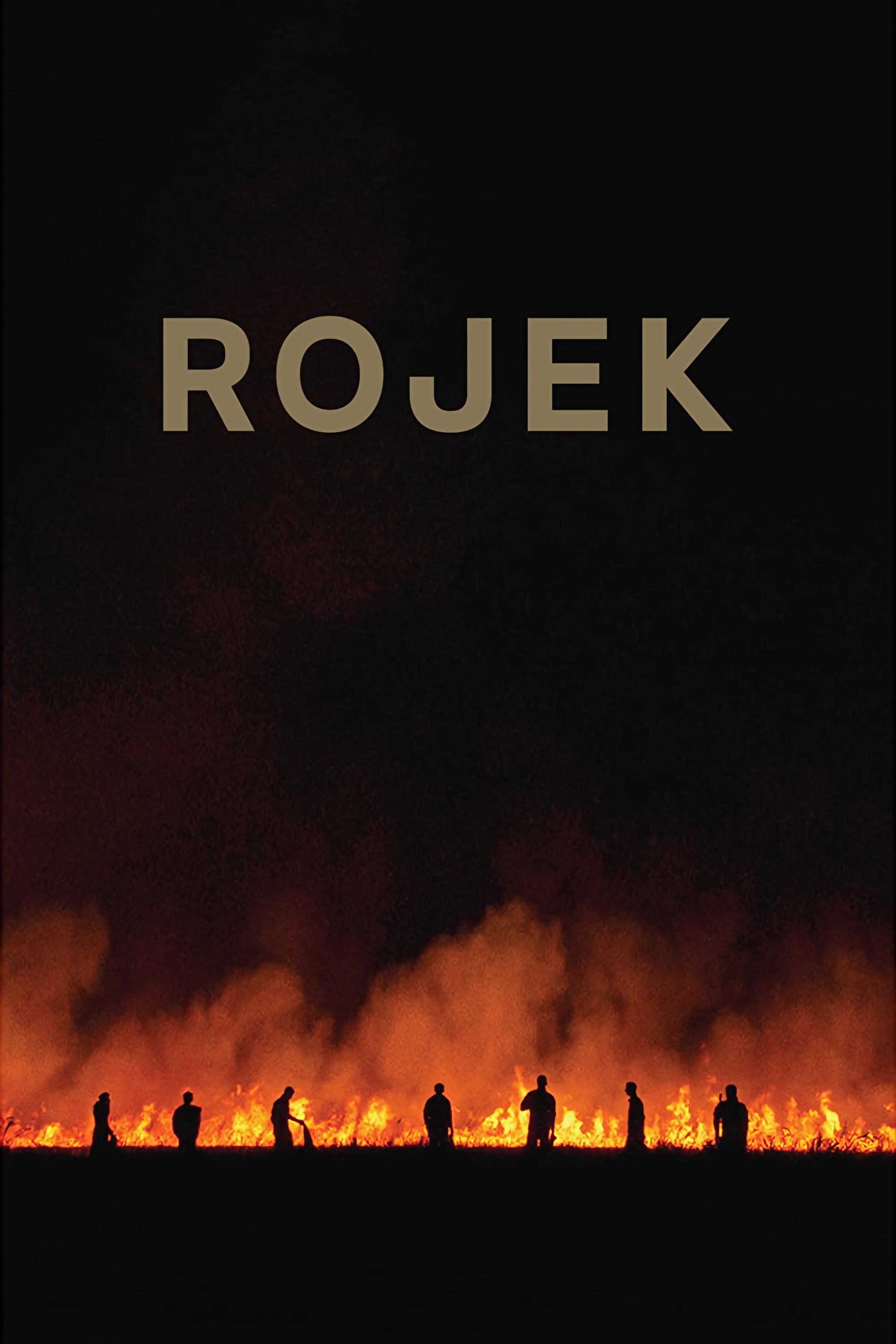
After the impressive Gulistan, Land of Roses (VdR 2016), the Kurdish filmmaker Zaynê Akyol returns with these conversations with imprisoned members of the Islamic State, alternating their words with aerial views of the countryside. An unexpected look at a far-reaching current political issue and a film whose subject matter and rhythm create an impressive cinematic object.
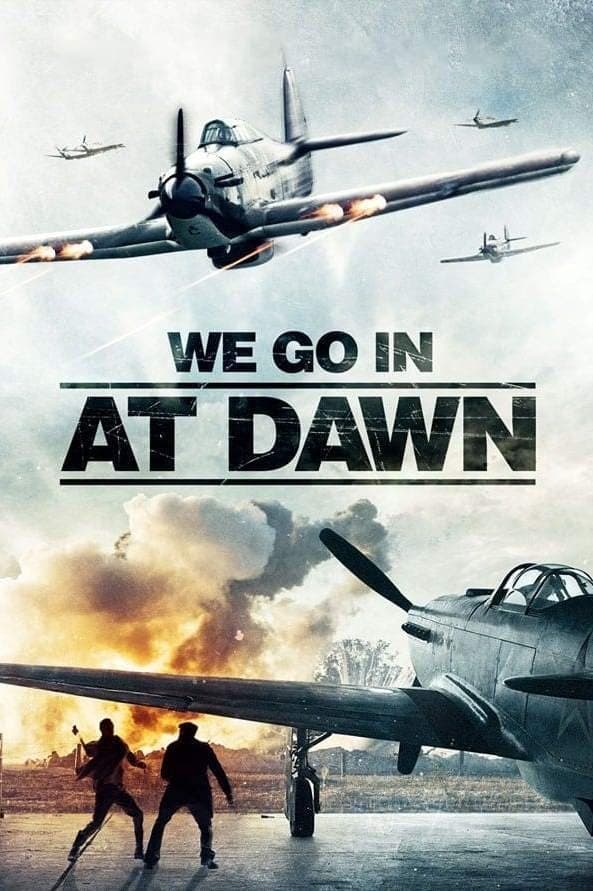
When a high-ranking war planner is captured and held in a German prisoner of war camp, a team of specialists take on the dangerous mission of trying to break him out. Trouble is, he doesn't want to be rescued.
A year ago, on 29 December 2019, prisoners were exchanged with the self-proclaimed ‘LPR’ and ‘DPR’. Among the Ukrainians who returned home were journalist Stanislav Aseyev, tanker Bohdan Pantiushenko, and human rights activist Andriy Yarovoi. Four months earlier, on 7 September, Crimeans Oleg Sentsov and Oleksandr Kolchenko were released from Russian colonies. We spoke to the former prisoners about their first year of freedom.

On the eve of Operation Desert Storm in the first Gulf War, the Italian government deployed eight Tornado Fighter-bombers. Gianmarco Bellini was one of these pilots. He was shot down, captured, and abused, but returned and was able to rise to the rank of General.
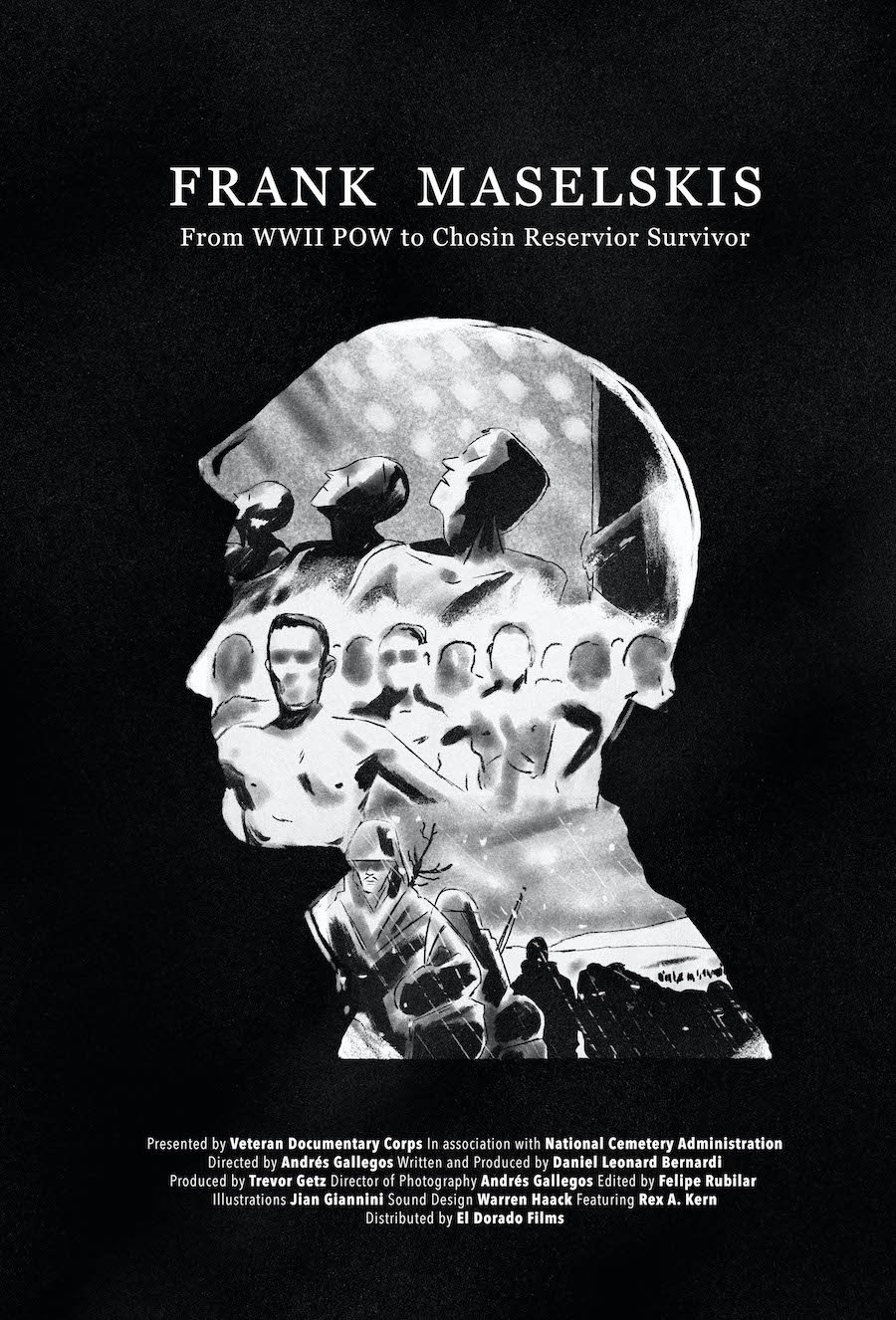
Despite his horrible experience as a prisoner of war during WWII, Frank Maselskis stays in the military and goes on to fight in Korea, where he participates in the brutal battle of the Chosin Reservoir. Upon returning home, Frank struggles to live a normal life while raising his daughters.

Two thousand Canadians suffered the longest incarceration anywhere in the Second World War, a bitter four-year period inside Japanese POW camps in Hong Kong and Japan.
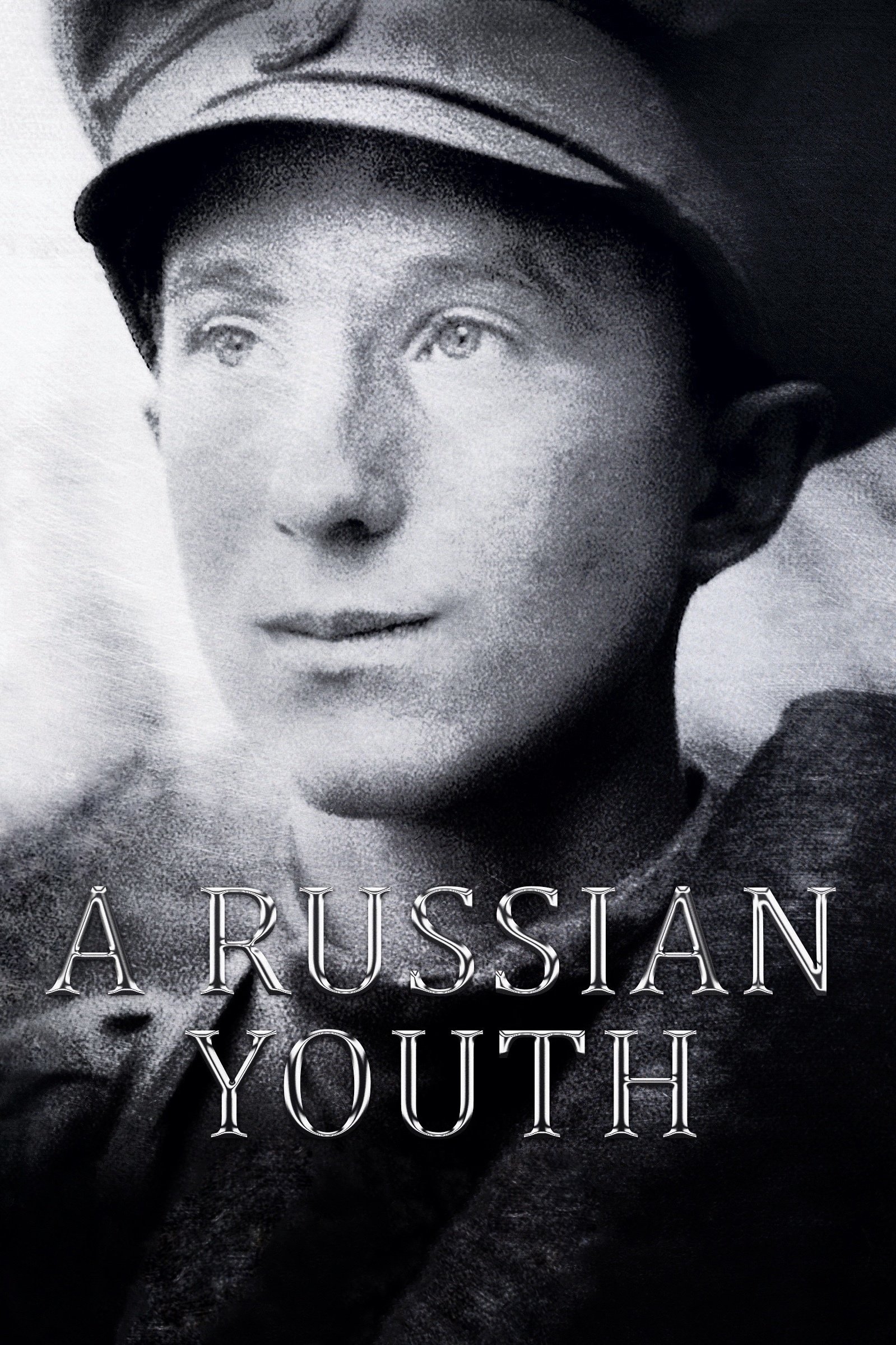
A teenage soldier in World War I—a simple village boy with a naive youthful dream of fame and medals—throws himself into the unknown and goes blind in the first battle, thus taking on a new job: intercepting enemy planes by listening to the air through huge metal funnels.

After 17 years in captivity, Israeli soldiers Nimrode Klein, Uri Zach, and Amiel Ben Horin return home to the country that made them national icons. They work to overcome the trauma of torture and captivity while settling back into their interrupted family lives. Meanwhile, the military psychiatrist assigned to them finds discrepancies in the soldiers' testimonies, and launches an investigation to discover what they are hiding.

Rebellious Ki-soo from North Korea is mesmerized by tap dance in prison camps. Ki-soo joins as a team member of a dance team named 'Swing Kids'. Yet suddenly, their dreams about dancing in prison camps are put in danger.
On the 8th September 1943, thousands of allied prisoners of war escaped into the Italian countryside following the country's surrender. The occupying Germans hunted these escapers who were helped and sheltered by the brave and kind Italian Contadini, farmers who put their families and homes at great risk by doing so. Made by a crew of students in Leeds, England with very limited resources and funds, it is based on the director's great-grandfather and his experiences as an escaped British POW in Italy during WWII.

During World War II, the Germans convert the castle of Colditz into an escape-proof prison where recidivist escapees are imprisoned under one roof. The most accomplished escape artists are gathered there, brave soldiers who view escape not only as a challenge but as a duty, in order to harass and irritate German forces as much as they can.
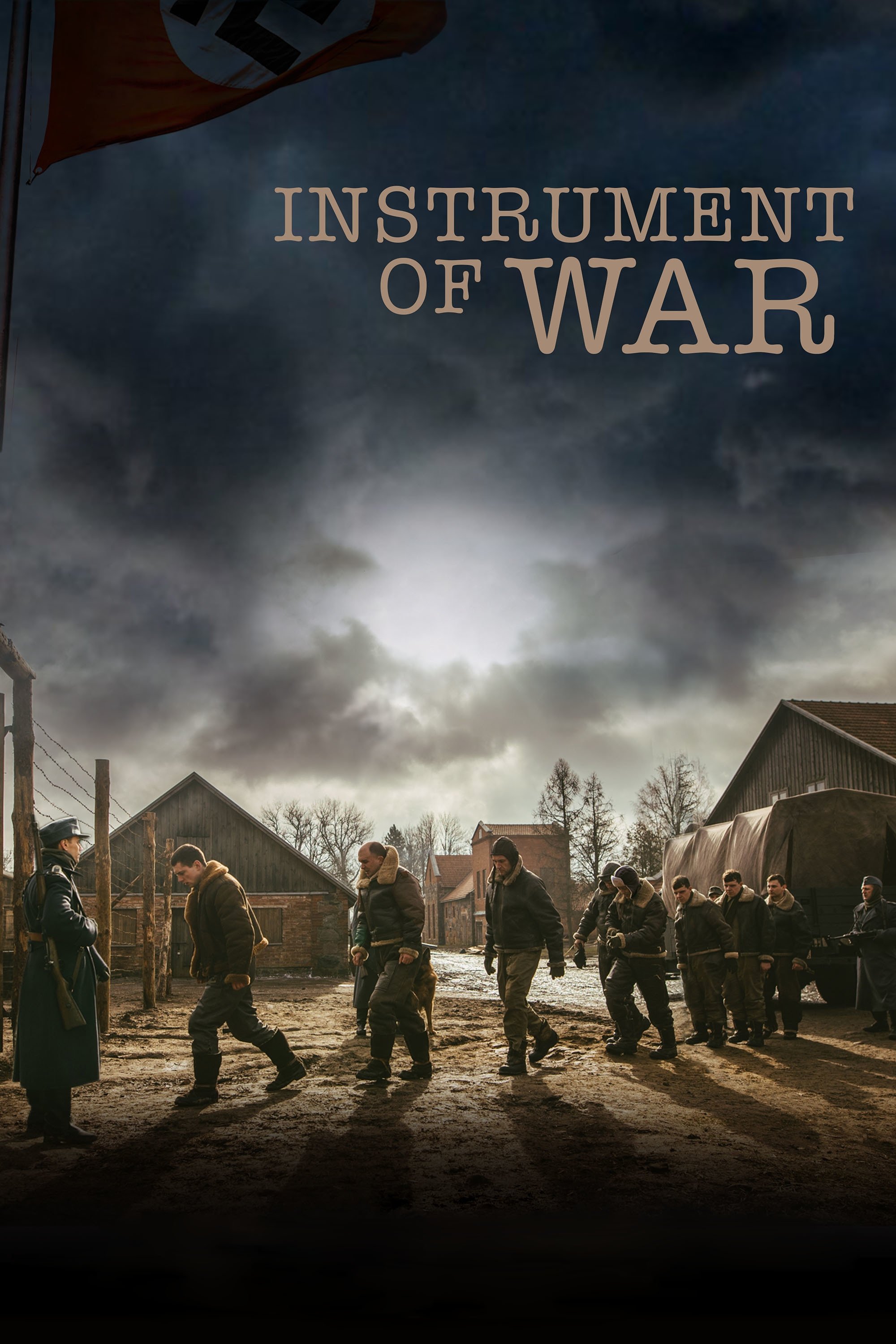
When U.S. B-24 bomber pilot Clair Cline is shot down and captured in northern Germany, one war ends and another begins -- to keep hope alive. Now behind Nazi barbed wire and oppression, Cline and his fellow POW's must find a way to bond together to not just survive but transcend their captivity. Inspired by true events.
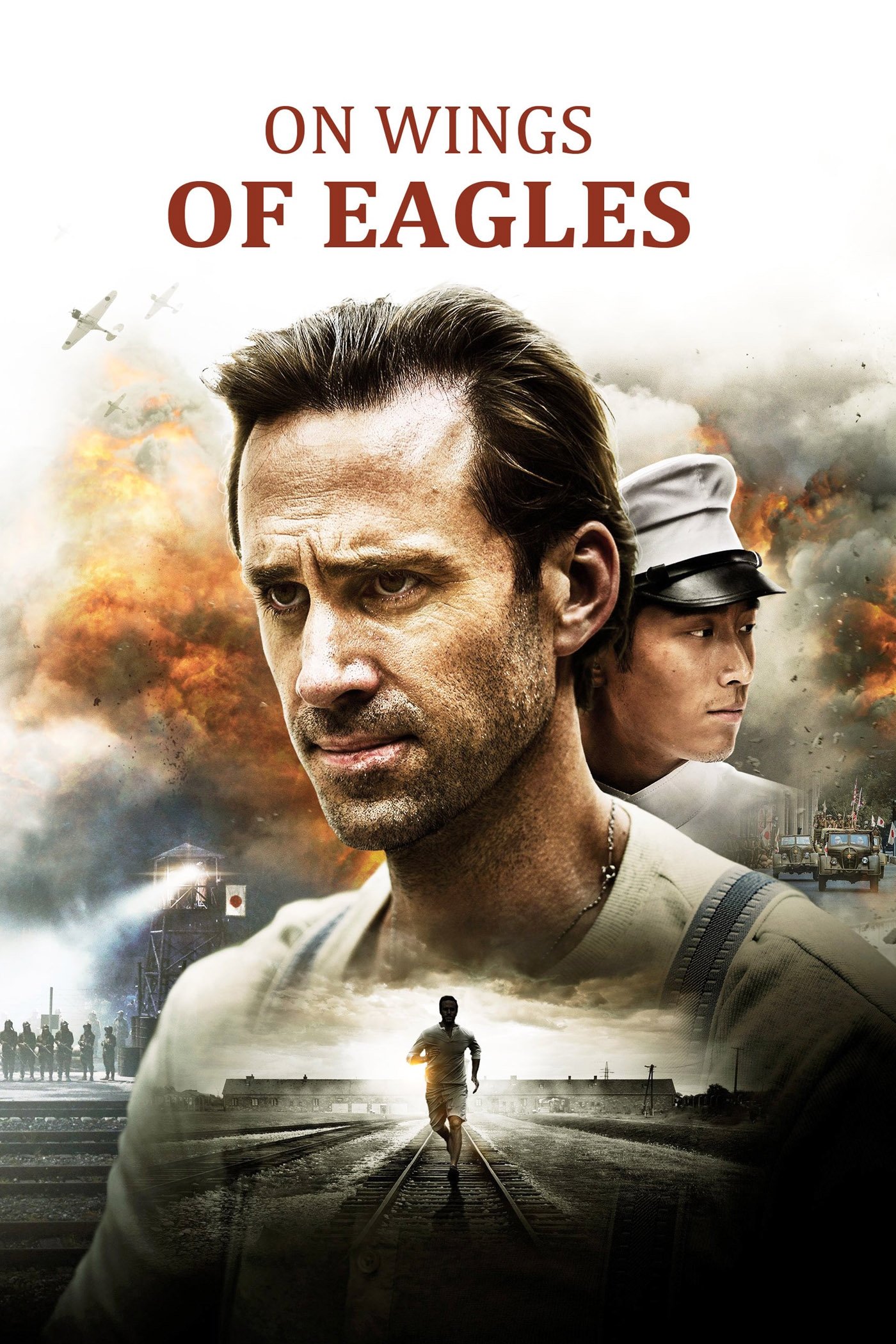
Eric Liddell - China's first gold medalist and one of Scotland's greatest athletes - returns to war-torn China.

The film tells the life story of its director, Jan Nemec, one of the most known and important filmmakers of Czech New Wave.

Six young Australians go to war, full of confidence and bravado. They land in Singapore in 1942, just in time for surrender. With 15,000 others, they are marched off to Changi prison camp. Together, the six boys survive three and a half years of incarceration. Almost sixty years later, the six prepare to get together for what may be their last hurrah.
Croatia, 1991. Two sisters prepare a special homecoming for their father on the day he’s set to return after three months as a prisoner of war.

France, 1940. In the first days of occupation, beautiful Lucile Angellier is trapped in a stifled existence with her controlling mother-in-law as they both await news of her husband: a prisoner of war. Parisian refugees start to pour into their small town, soon followed by a regiment of German soldiers who take up residence in the villagers' own homes. Lucile initially tries to ignore Bruno von Falk, the handsome and refined German officer staying with them. But soon, a powerful love draws them together and leads them into the tragedy of war.

In the days following the surrender of Germany in May 1945, a group of young German prisoners of war is handed over to the Danish authorities and subsequently sent to the West Coast, where they are ordered to remove the more than two million mines that the Germans had placed in the sand along the coast. With their bare hands, crawling around in the sand, the boys are forced to perform the dangerous work under the leadership of a Danish sergeant.
By browsing this website, you accept our cookies policy.